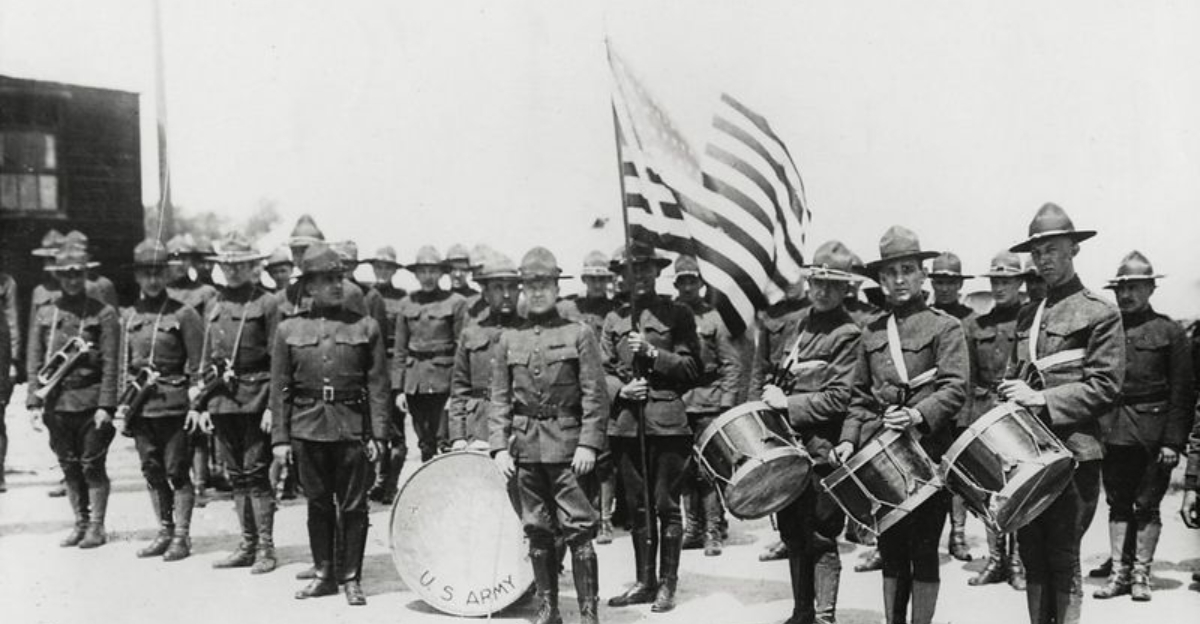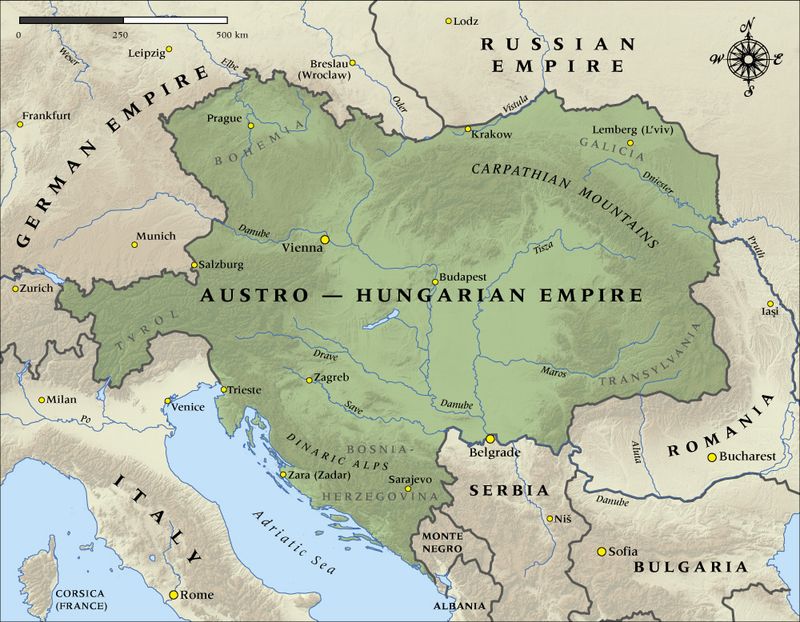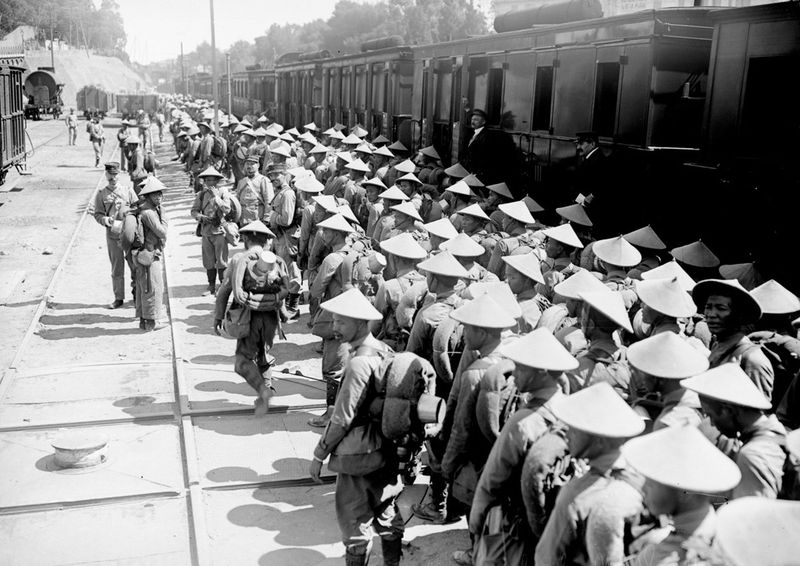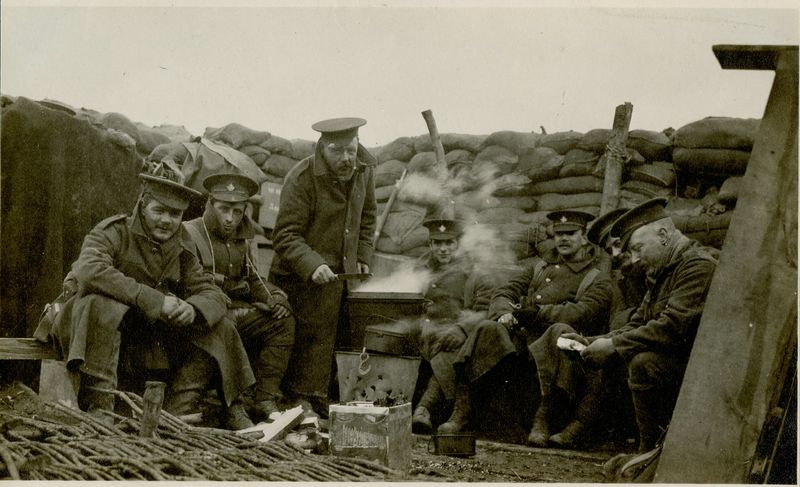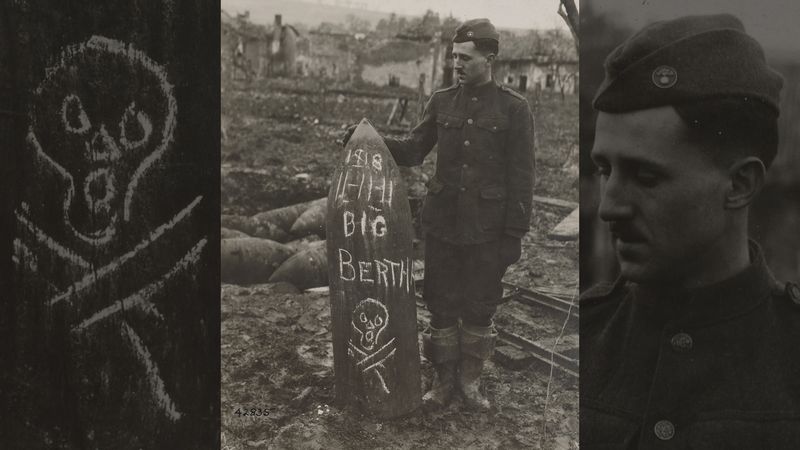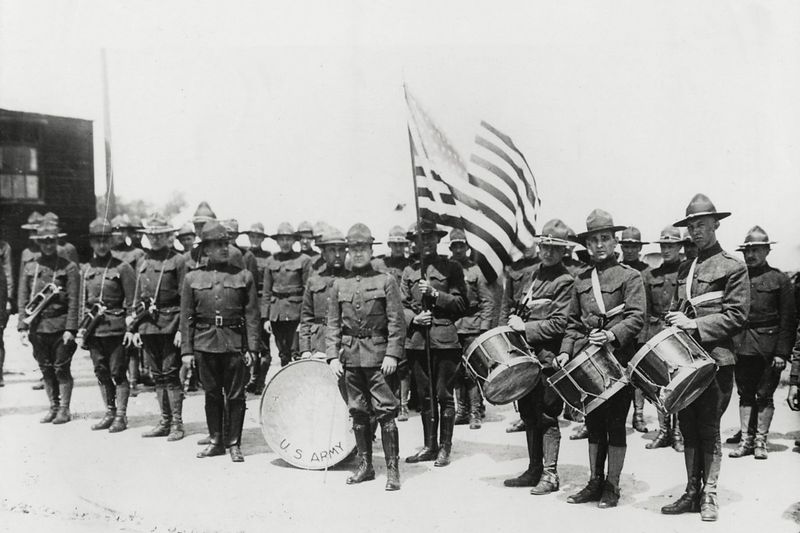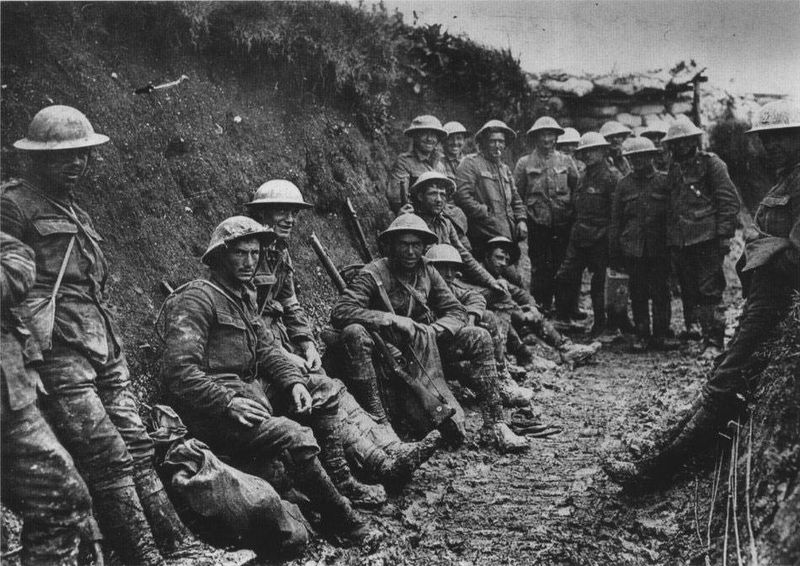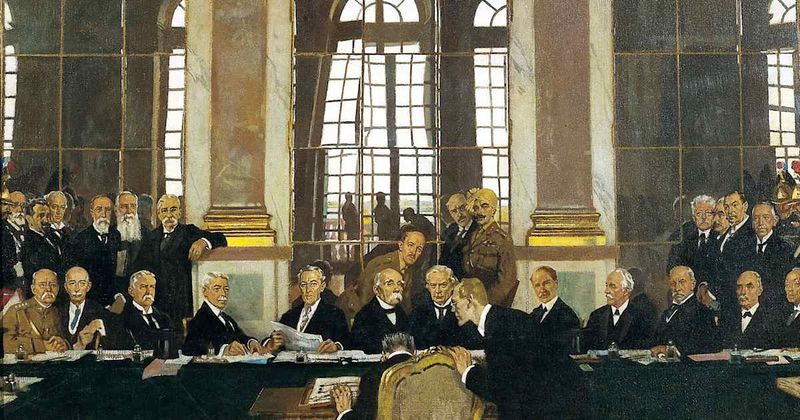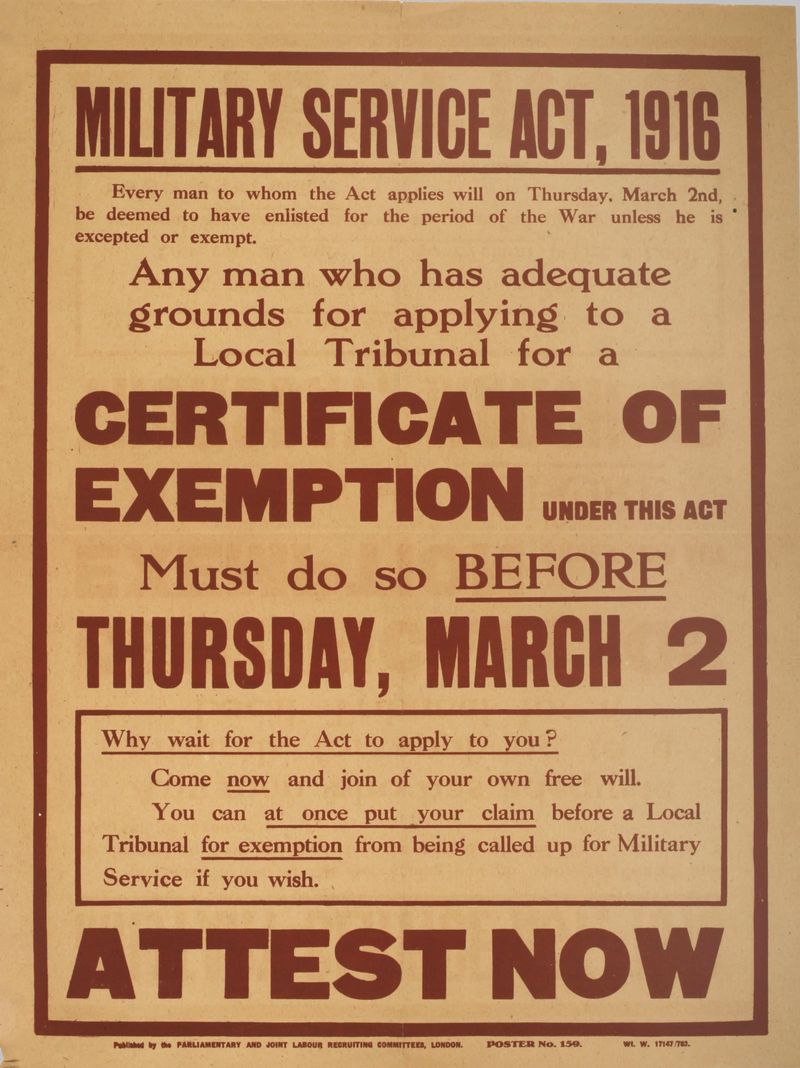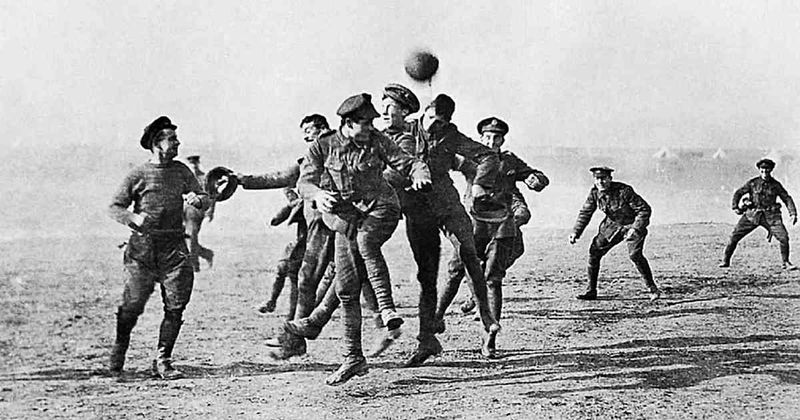The First World War, often remembered for its epic battles and shifting alliances, is also a conflict shrouded in misconceptions that persist even today. From the widespread belief that the war was solely sparked by a single assassination, to myths about the nature of the fighting and its aftermath, these misunderstandings can obscure the true complexity of the Great War. This article seeks to unravel some of those myths, shedding light on the diverse and global nature of the conflict, as well as the multifaceted experiences of those who lived through it.
1. The War Was Only About the Assassination of Archduke Franz Ferdinand
The assassination of Archduke Franz Ferdinand in 1914 is often seen as the sole cause of World War I. However, Europe was already a ticking time bomb. Militarism, alliances, imperialism, and nationalism had been fermenting tensions for decades. The assassination was merely the spark that ignited the powder keg. Behind the scenes, complex alliances and rivalries made war almost inevitable. The Balkans were a hotspot of nationalist fervor, further complicating matters. These underlying tensions meant that the assassination was more of a catalyst than a root cause.
2. Trench Warfare Was the Only Form of Combat
Trench warfare is synonymous with World War I, but it wasn’t the exclusive form of battle. The Eastern Front featured more fluid and dynamic combat. Elsewhere, in the Middle East and Africa, warfare took on different forms entirely, including guerrilla tactics. At sea, naval engagements played a critical role. Even on the Western Front, offensives like those at the Somme and Verdun went beyond static trenches. Military technology and strategies were evolving. Thus, the war’s combat was far more varied than just trenches and mud.
3. The War Was Fought Only in Europe
World War I was a global conflict, not limited to the battlefields of Europe. The war also raged in Africa and the Middle East, where colonial troops were heavily involved. Asian theaters and naval battles on the high seas showcased the conflict’s worldwide reach. Troops from India, Australia, and Canada, among others, were drawn into the fray by their imperial rulers. The multi-continental theaters of war emphasized the global nature of the conflict. Thus, the war’s impact was felt far beyond the European heartland.
4. Soldiers Spent All Their Time Fighting in Trenches
Life in the trenches was brutal, but soldiers didn’t spend all their time fighting. They rotated between front-line duty, support positions, and much-needed rest periods. Daily life involved maintaining the trenches, coping with vermin like rats, and dealing with prevalent diseases. Soldiers waited for orders, sometimes for days, in the tense quiet. Military life was as much about endurance as it was about combat. Thus, the soldiers’ experiences were varied and complex, far beyond the relentless fighting often imagined.
5. The Machine Gun Was the Deadliest Weapon
While the machine gun became a symbol of World War I’s brutality, artillery was the real harbinger of death. Over 60% of battlefield casualties were due to shelling, which also inflicted severe psychological trauma known as shell shock. Poison gas, another infamous weapon, accounted for fewer casualties but had a terrifying psychological impact. The deadly efficiency of artillery shaped battles and strategies. Thus, the war’s deadliest weapon was not the machine gun, but the overwhelming firepower of the artillery.
6. The U.S. Won the War for the Allies
The entry of the United States into World War I in 1917 was a significant boost for the Allies, yet it did not single-handedly win the war. The British naval blockade and the German military’s exhaustion were already tipping the scales. The failed German Spring Offensive in 1918 further weakened their position. While American troops provided crucial support, the victory was a collaborative effort among all Allied nations. Thus, the notion that the U.S. alone won the war oversimplifies the complex interplay of contributing factors.
7. All Soldiers Hated Their Officers
While the phrase “lions led by donkeys” suggests a disconnect between brave soldiers and their foolish commanders, it isn’t entirely accurate. Many soldiers respected and admired their officers, who often faced the same dangers. Effective leaders adapted their tactics to the brutal realities of trench warfare. Some, like Britain’s Herbert Plumer, gained affection and respect from their troops. The relationship between soldiers and officers was nuanced, reflecting a range of personal dynamics, rather than uniform resentment.
8. The Treaty of Versailles Was Unfair and Directly Caused WWII
The Treaty of Versailles imposed harsh terms on Germany, but it was not the sole cause of World War II. Austria-Hungary and the Ottoman Empire faced even more severe dismantling. The real failure was in the treaty’s enforcement, with reparations eventually reduced in the 1920s. Economic turmoil, political instability, and other factors played significant roles in the lead-up to the next world conflict. Thus, the treaty, while flawed, was not the only contributor to the rise of WWII.
9. Everyone Who Fought Was a Volunteer
Although Britain initially relied on volunteers, conscription became necessary by 1916. Other nations, like France and Germany, had enforced drafts from the war’s outset. The famous “Pals Battalions” were groups of friends who enlisted together, creating a romanticized image of volunteering. However, many soldiers had little choice in their involvement. The drafts were widespread, reflecting the immense manpower demands of the war. Thus, the notion of a purely volunteer force is misleading; conscription was a significant factor.
10. The Christmas Truce of 1914 Was a Widespread, Peaceful Event
The Christmas Truce of 1914 was a remarkable moment of humanity amidst the horrors of war, but it was not universal. In some areas, fierce fighting continued, and high command on both sides actively discouraged such fraternization. Where truces did occur, soldiers exchanged gifts and even played football. This spontaneous peace was short-lived, as the war soon resumed its grim course. The truce remains a poignant symbol of hope and shared humanity, contrasting sharply with the broader brutality of the conflict.
